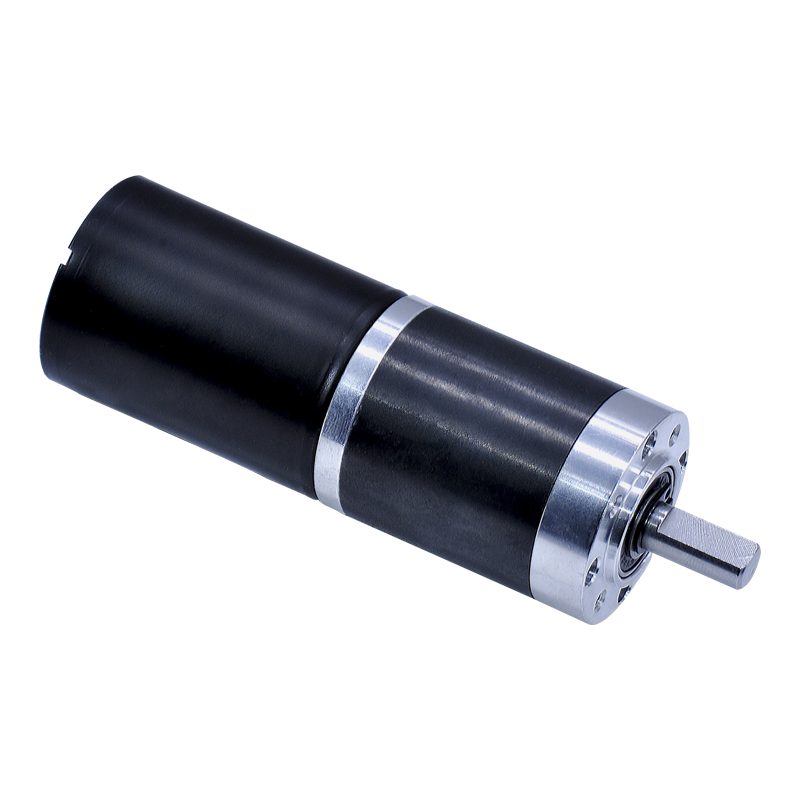Battery-powered industrial power tools generally operate at low voltages (12-60 V), and brushed DC motors are usually a good economical choice, but brushes are limited by electrical (torque-related current) and mechanical (speed-related) The friction) factor will create wear, so the number of cycles in the service life will be limited, and the service life of the motor will be an issue. Advantages of brushed DC motors: small thermal resistance of coil/case, maximum speed over 100krpm, fully customizable motor, high voltage insulation up to 2500V, high torque.
Industrial power tools (IPT) have very different operating characteristics than other motor-driven applications. A typical application requires the motor to output torque throughout its motion. Fastening, clamping and cutting applications have specific motion profiles and It can be divided into two stages.
High-speed stage: First, when the bolt is screwed in or the cutting jaw or the clamping tool approaches the workpiece, there is little resistance, in this stage, the motor runs at a faster free speed, which saves time and increases productivity. High Torque Phase: When the tool performs the more forceful tightening, cutting or clamping phases, the amount of torque becomes critical.
Motors with high peak torque can perform a wider range of heavy duty jobs without overheating, and this cyclically changing speed and torsion must be repeated without interruption in demanding industrial applications. These applications require different speeds, torques and times, require specially designed motors that minimize losses for optimal solutions, devices operate at low voltages and have limited power available, which is especially true for battery powered devices The essential.
The structure of the DC winding
In a traditional motor (also called inner rotor) structure, the permanent magnets are part of the rotor and there are three stator windings surrounding the rotor, in an outer rotor (or outer rotor) structure, the radial relationship between the coils and the magnets is reversed and the stator coils The center of the motor (the movement) is formed, while the permanent magnets rotate within a suspended rotor that surrounds the movement.
Inner rotor motor construction is more suitable for hand-held industrial power tools due to lower inertia, lighter weight and lower losses, and due to longer length, smaller diameter and more ergonomic profile shape, it is easier to integrate into hand-held devices, Additionally, lower rotor inertia results in better tightening and clamping control.
Iron loss and speed, iron loss affects speed, eddy current loss increases with the square of speed, even rotating under no-load conditions can make the motor heat up, high-speed motors require special precautionary designs to limit eddy current heating.
in conclusion
To provide the best solution to maximize vertical magnetic force, shorter rotor length, resulting in lower rotor inertia and iron losses, optimize speed and torque in a compact package, increase speed, iron losses increase faster than copper losses are faster, so the design of the windings should be fine-tuned for each duty cycle to optimize losses.
Post time: Aug-11-2022

